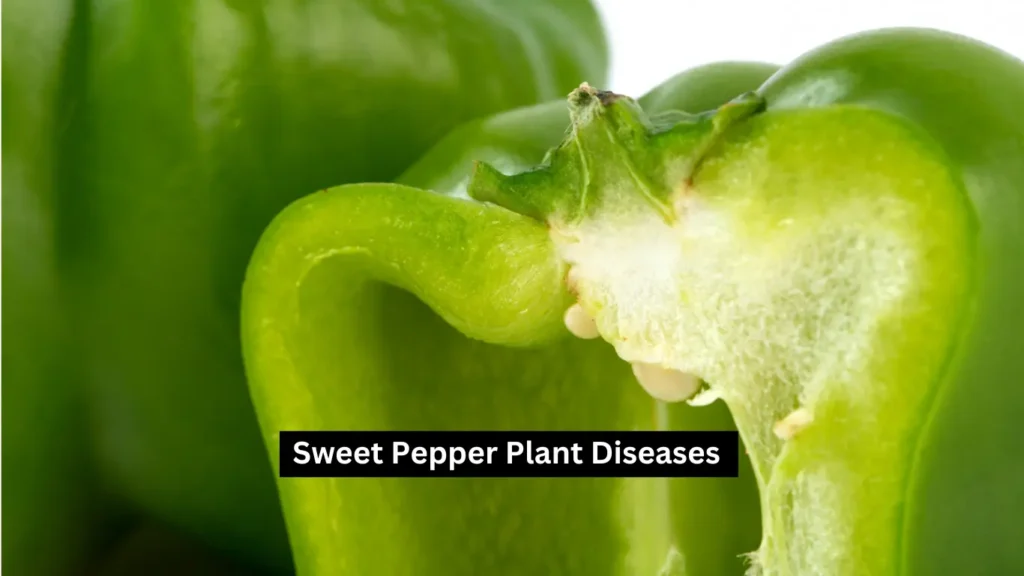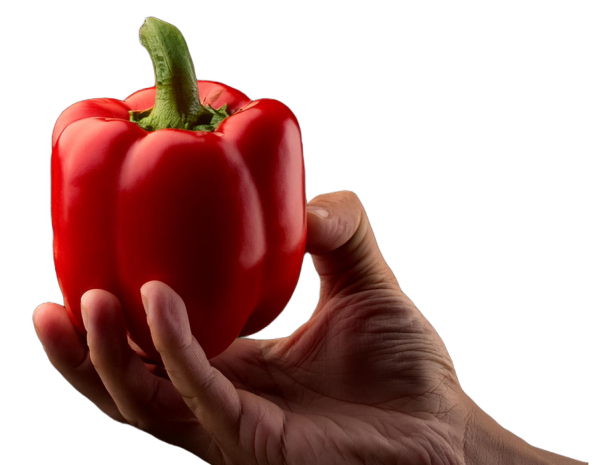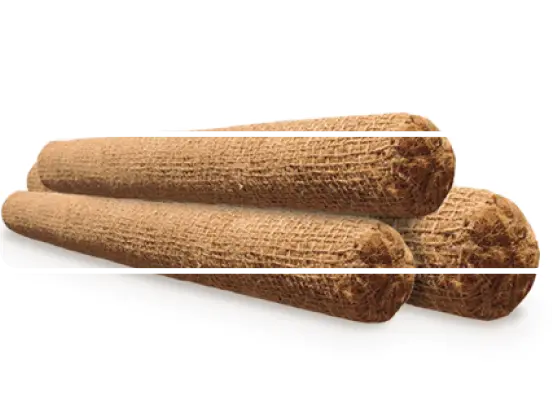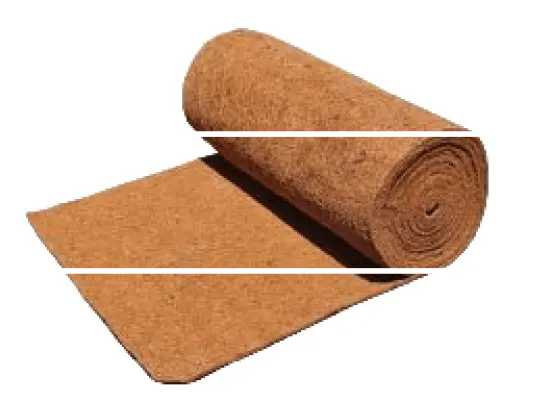
Growing sweet peppers is like throwing a wild backyard bash, folks dream of sunny days, sizzling grills, and crisp, colorful bites, but a downpour can turn it into a muddy mess! Those shiny green, red, or yellow peppers are the headliners of any garden patch or market stall, outshining a sunny afternoon.
But Sweet pepper plant diseases creep in like a clumsy cousin who spills gravy on the table, turning a harvest into a wilted flop faster than you can say “pass the salt.” Coirmedia chats with growers of all sorts, hobbyists with a couple of pots, farmers with rows that go on forever, about their battles with sweet pepper diseases.
This guide digs into the dirt with down-home tricks to keep peppers thriving, whether you’re using a Capsicum Grow Bag or Potting Mix. Let’s tackle Sweet pepper plant diseases, from black spots on capsicum leaves to bacterial bugs, and get patches popping with peppers worth bragging about.
Sweet peppers are the life of the party, imagine stuffed peppers at a family reunion or crunchy slices in a salad that make taste buds dance a jig. But Sweet pepper plant diseases love to crash the fun, thriving in wet, hot, or downright sloppy spots. Fungi, bacteria, and weather tantrums team up, leaving leaves spotted or peppers looking like a kitchen disaster gone wrong. Who’s got time for mushy peppers? A gardener once watched their patch turn from perky to pitiful after a rainy stretch, their taco night dreams dashed to bits. Don’t ditch the trowel yet! Sorting out capsicum plant problems is like snagging a raincoat before a storm, keeps things rolling.
This guide jumps into the messiest Sweet pepper plant diseases, with fixes that work for any grower. Expect quirky gardener tales, oddball tips, and Coirmedia’s know-how to pull off a pepper harvest that’ll have folks green with envy over their morning brew.
Bacterial leaf spot is a real party crasher, hitting hardest when it’s warm and soggy. Look for water-soaked spots on leaves that darken with yellow edges, like little alarm bells ringing on plants. Peppers might get scabby bumps, and leaves could drop like flies at a picnic. A grower was itching to whip up stuffed peppers for a big cookout, but bacterial leaf spot turned their crop into a gooey mess.
A market grower dodged bacterial leaf spot with Capsicum Grow Bags and daily peeks at their plants, saving peppers for a taco triumph.
Black spots on capsicum leaves, courtesy of Phytophthora capsici, are a grower’s worst headache, especially when it’s wet out. Spot dark, greasy patches on leaves or stems near the ground, and watch peppers rot into a slimy, yucky puddle. A farmer saw their plants keel over like a melted ice cream cone after phytophthora struck during a rainy spell, ruining their market haul.
A hobbyist whipped black spots on capsicum leaves with Potting Mix and morning watering, scoring peppers for a neighbor’s grill night.
Anthracnose is a fungal troublemaker that loves hot, humid days, slapping peppers with soft, sunken spots that turn dark and might leak pinkish goo. A grower was set for a salsa showdown, but anthracnose left their peppers looking like a science project gone haywire.
A community garden sidestepped anthracnose with Capsicum Grow Bags and clean tools, keeping their salsa bash on track.
Powdery mildew is like a dusty intruder, dusting leaves with white, powdery patches that yellow and fall off. It thrives on warm, dry days but sneaks around in humid nights. A gardener’s pepper plants looked like they’d been sprinkled with powdered sugar, wrecking their stir-fry plans.
A grower tackled powdery mildew with Capsicum Grow Bags and early sprays, harvesting peppers for a family fajita feast.
Beyond leaves and fruit, sweet pepper diseases like verticillium wilt, bacterial soft rot, and root rots can wreck a crop. Verticillium wilt brings yellowing and wilting, hammering heavy soils like a sledgehammer. Bacterial soft rot turns peppers into a stinky, mushy blob in wet weather. Root rots, like Rhizoctonia, love soggy ground and knock plants flat.
A market farmer dodged verticillium wilt with Capsicum Grow Bags and crop swaps, keeping their stall stocked with peppers.
Weather quirks can crank up Sweet pepper plant diseases. Heatwaves, frosts, or nonstop rain stress plants, inviting infections to the party. Poor soil or waterlogged roots leave peppers defenseless, like sending ‘em into a fight with no fists.
A hobbyist skipped root rot in a rainy spell with Capsicum Grow Bags, harvesting peppers for a book club snack.
Keeping Sweet pepper plant diseases at bay is like packing snacks for a long drive—saves a ton of hassle. Start with disease-free plants and scout patches weekly, like hunting bargains at a yard sale. A grower caught bacterial leaf spot early by checking plants every Sunday, rescuing their crop.
Want to outsmart sweet pepper diseases? Try these old-timer tricks:
Ready to grow peppers without the fuss? Here’s the rundown:
A balcony gardener nailed this plan and had peppers for salsa all summer, sharing some with neighbors’ kids (who mostly fed ‘em to their dog).
Growers get it done. A market farmer used Capsicum Grow Bags to skip root rot, selling peppers for cash to snag new boots. A community garden fought bacterial leaf spot with Potting Mix and early watering, throwing a stuffed pepper bash that had folks grinning. Another grower kept their patch clean with mulch, harvesting enough salsa peppers to win a local fair. A farmer, after early flops, switched to Potting Mix and never looked back.
Want to go all out? Try these zany tricks:
New to peppers? Dodge these blunders:
Sweet pepper plant diseases don’t have to wreck a harvest. From bacterial leaf spot to black spots on capsicum leaves, every snag’s got a fix. With Coirmedia’s Capsicum Grow Bag and Potting Mix, plus tips like picking disease-free plants, growers can churn out peppers that shine at markets or backyard bashes. Whether a newbie with a small plot or a pro with rows galore, these tricks help tame capsicum plant problems and deliver a crunchy, zesty haul.

Mathew is a product designer and engineer at Coirmedia, where he combines his passion for sustainability with his design and engineering expertise. He develops innovative coir products that are not only functional but also eco-friendly. Driven by a desire to share his knowledge, Neil is passionate about writing and teaching, aiming to educate others about his ideas, innovations, and the technology behind them.


CoirMedia (UK) Pvt. Ltd
85 Great Portland Street,
First Floor, London,
United Kingdom





